Kingdom Animalia Family Proctonotidae Genus Janolus | Class Gastropoda Phylum Mollusca Rank Species | |
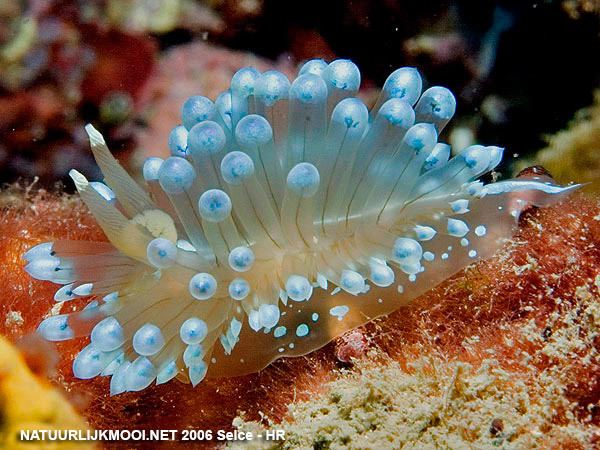 | ||
Similar Janolus, Flabellina pedata, Polycera quadrilineata, Polycera, Dondice banyulensis | ||
Janolus cristatus www lamfora com
Janolus cristatus, sometimes known by the common name crested aeolis, is a species of nudibranch, a marine gastropod mollusk in the family Proctonotidae.
Contents
- Janolus cristatus www lamfora com
- Deniz z m janolus cristatus
- Description
- Distribution
- Habitat
- References
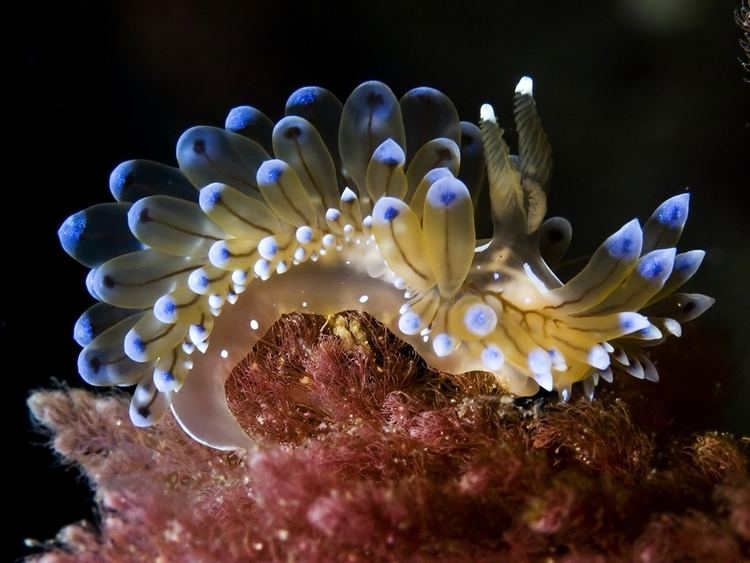
Deniz z m janolus cristatus
Description
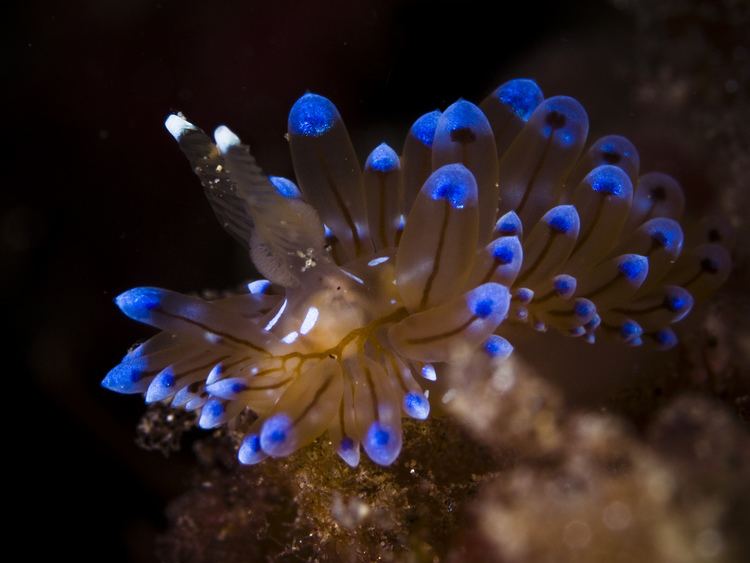
This species is semi-transparent and has an oval-shaped outline. It is cream or light brown in colour, and grows to approximately 7.5 cm in length. The head has oral tentacles that are short.
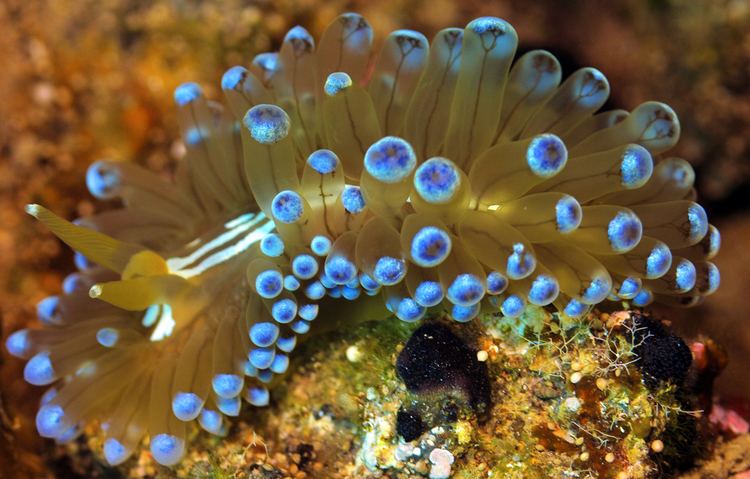
The lateral cerata are numerous, have a smooth surface and an inflated appearance. The central digestive gland lobe is thin and brown in colour and can be seen through each ceras. These gland lobes divide at the tip of the cerata into numerous terminal branches. The tips of the cerata are bluish-white and iridescent.
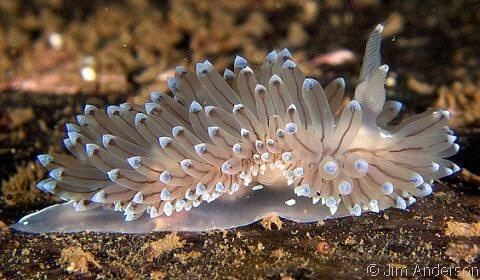
This white colouration that is present on the cerata also appears in patches or lines along the bare central dorsum, as well as around the lamellate rhinophores and on the metapodium. The rhinophores are joined together at their bases with a swollen and wrinkled accessory caruncle. Both the rhinophores and median sensory caruncle are somewhat darker in colour than the rest of the body.
Distribution
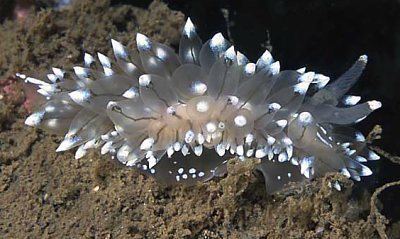
Janolus cristatus has been found as far north as Norway down through the British Isles and the French Atlantic coast. It has also been recorded in Moroccan waters as well as in the Mediterranean Sea.
Habitat
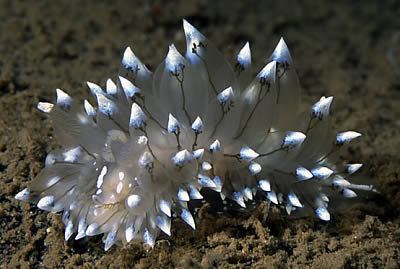
Janolus cristatus eats erect bryozoan in the Bugula genus, such as B. turbinata, B. plumosa, and possibly species in the Cellaria genus. It is found at depths of up to 40 metres, only in calm, clean water, on hard substrata in the sublittoral zone.
The spawn of this species appear as a light pink or white string forming a wavy, circular pattern. The eggs themselves are contained within packets with transparent patches in between. This gives them the appearance of beads.
